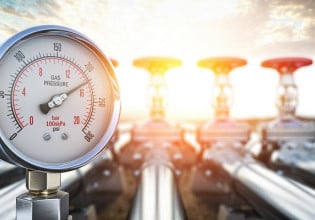R
I have AB PLC5/40 CPU and I/O cards - 1771 IFE A and 1771 OFE1 B. Using a DC Current source, I inject say 8mA to the second input channel (2+ , 2- ). At the output card, I put a voltmeter to channel (1+ and 1-).
Can any of you help me what I miss in the steps in writing the Ladder program.
Step1 - Hardware onfigure the cards - input (single ended current) and output(voltage). Step2 - Software configure the cards. Ensure the setting follows the harware setting. After scaling, a ladder with its BTW and BTR is automatically produced by the configuration program.
Step3 - I do not know how to proceed from here.
Do I need to modify the program, etc. If any of you have done this simple simulation, I appreciate very much if you share the full ladder and explain the ladder and also if I miss other steps.
Thank you
Can any of you help me what I miss in the steps in writing the Ladder program.
Step1 - Hardware onfigure the cards - input (single ended current) and output(voltage). Step2 - Software configure the cards. Ensure the setting follows the harware setting. After scaling, a ladder with its BTW and BTR is automatically produced by the configuration program.
Step3 - I do not know how to proceed from here.
Do I need to modify the program, etc. If any of you have done this simple simulation, I appreciate very much if you share the full ladder and explain the ladder and also if I miss other steps.
Thank you






